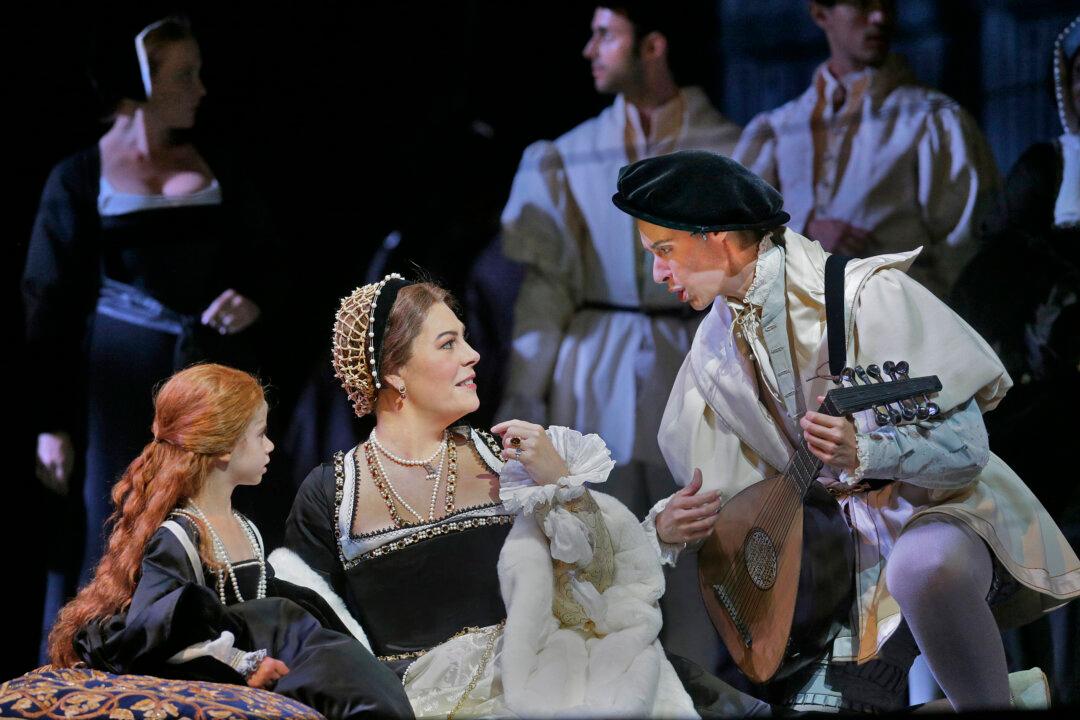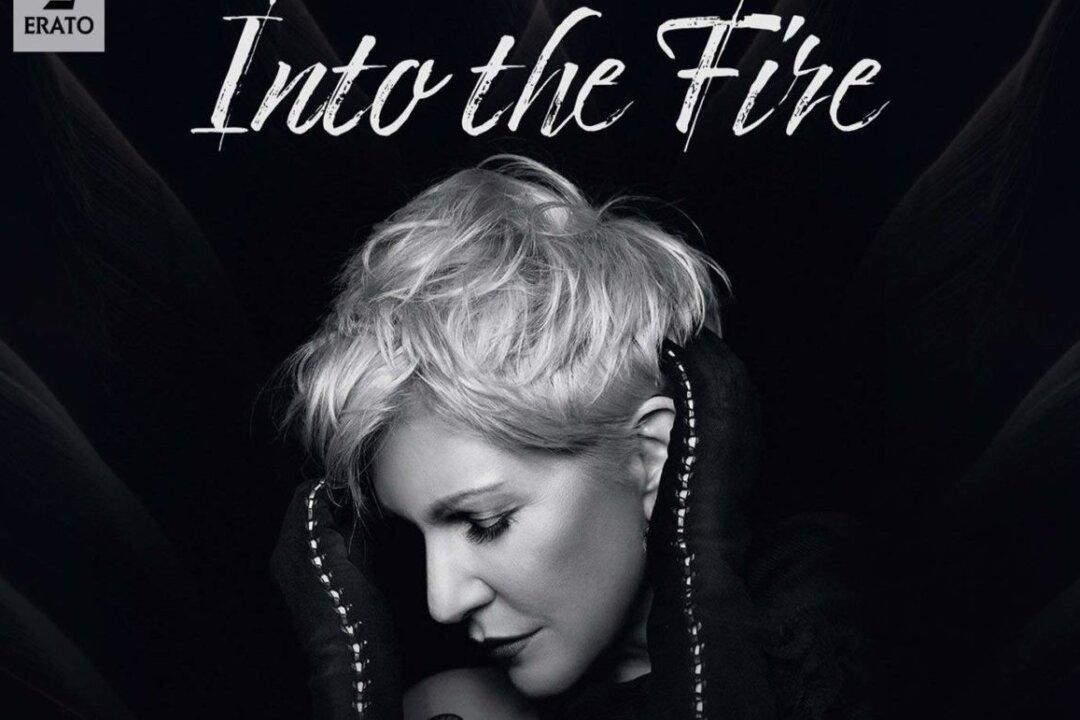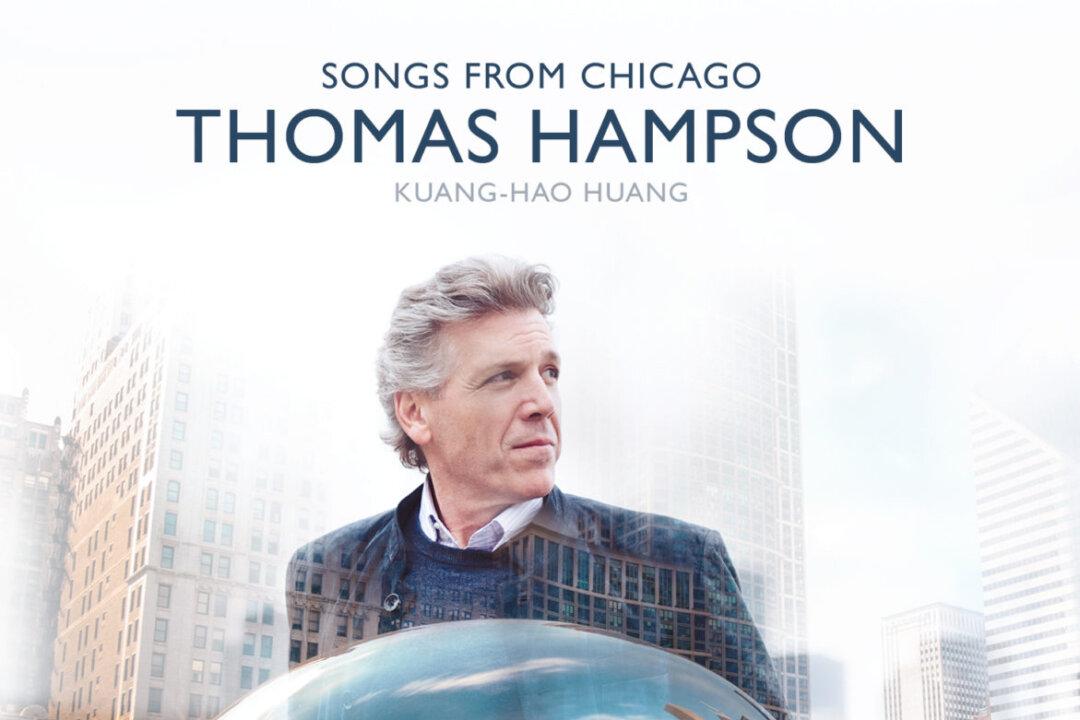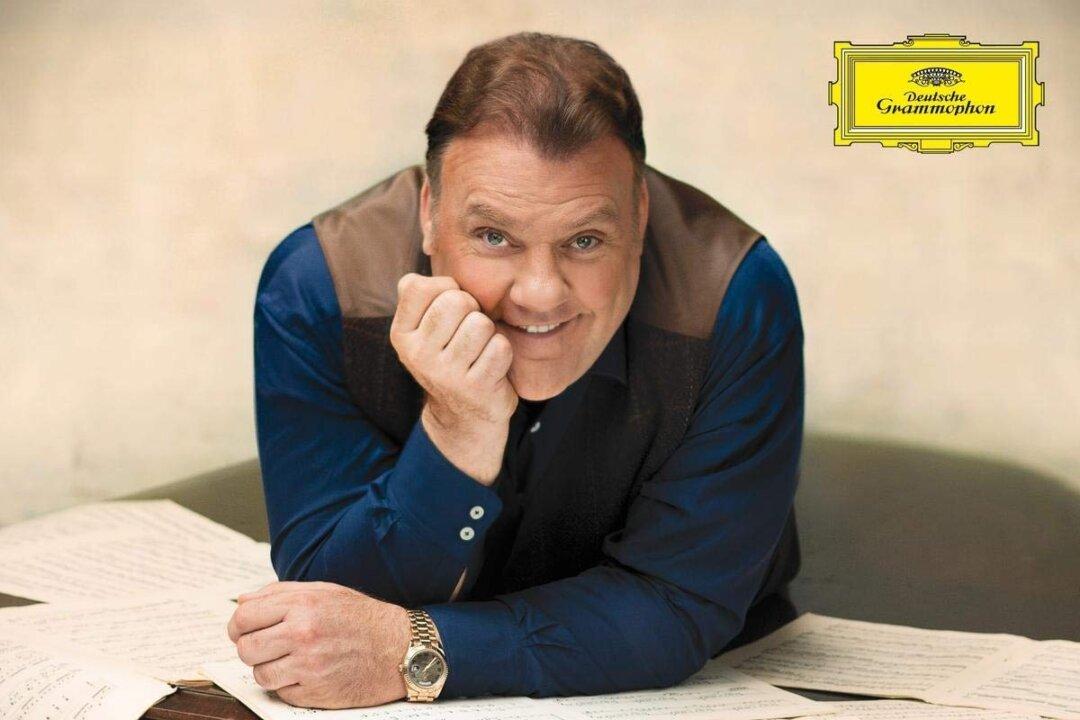NEW YORK—Gaetano Donizetti (1797–1848) died without knowing he had written the “Three Tudor Queens” trilogy. Actually, he had written three separate operas and didn’t even have the same singer in mind to star in all of them. Beverly Sills introduced the idea; she had performed the taxing roles at the New York City Opera during the 1970s.
This season, the Metropolitan Opera is giving Sondra Radvanovsky the opportunity to sing all three roles, and she has made a spectacular start with “Anna Bolena.”
Radvanovsky gives a riveting performance, musically and dramatically.






